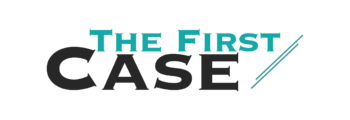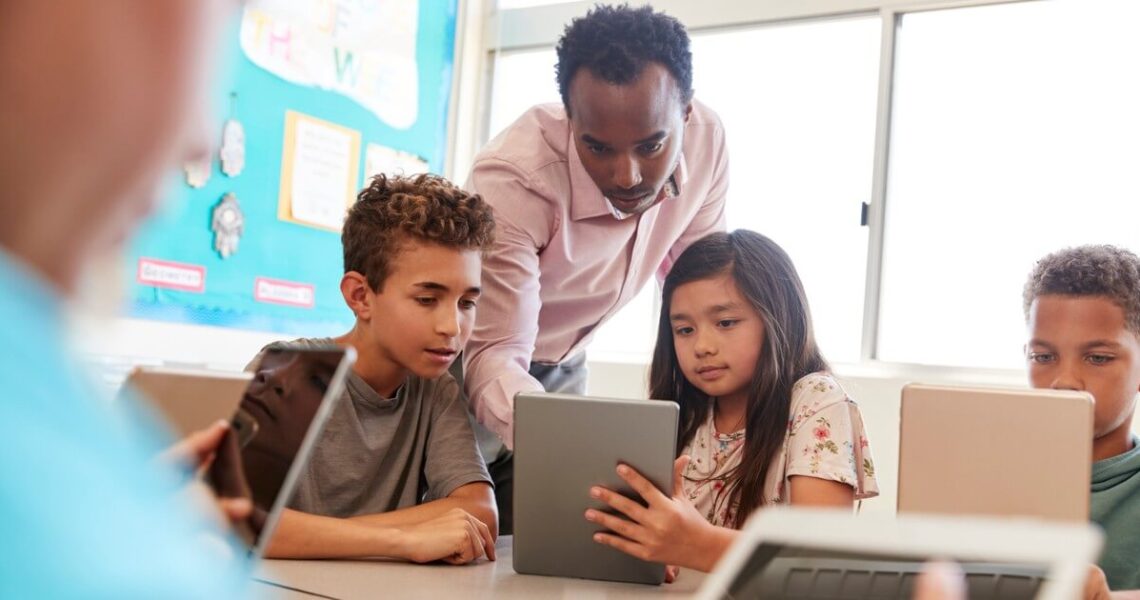Teaching is a complex and ever-evolving profession. With advancements in technology and changes in educational standards, teachers are constantly adapting their methods to best serve their students. But with so many different teaching methods out there, how do you know which one is the most effective? In this article, we’ll explore the differences in teaching methods and discuss which ones are backed by research and proven to be effective.
What Are Teaching Methods?
Teaching methods are the strategies and techniques used by educators to deliver information and facilitate learning. These methods can vary greatly depending on the subject matter, age of the students, and the teacher’s personal style. Some common teaching methods include lectures, group discussions, hands-on activities, and multimedia presentations.
Research-Based Practice
Research-based practice is a teaching method that is backed by scientific research and proven to be effective. This method involves using evidence-based strategies and techniques to improve student learning. It is based on the idea that teaching should be informed by research and data, rather than just personal opinions or beliefs.
Research-based practice is often used in conjunction with other teaching methods, such as direct instruction or cooperative learning. It can also involve using technology in the classroom, as research has shown that technology can enhance student learning when used effectively.
Direct Instruction
Direct instruction is a teacher-centered approach to teaching, where the teacher presents information to students in a structured and systematic way. This method typically involves lectures, demonstrations, and guided practice. The goal of direct instruction is to provide students with a clear and concise understanding of the material being taught.
Direct instruction is often used in subjects like math and science, where there is a specific set of information that needs to be learned. It is also commonly used in standardized test preparation, as it allows teachers to cover a large amount of material in a short amount of time.
Cooperative Learning
Cooperative learning is a student-centered approach to teaching, where students work together in small groups to achieve a common goal. This method encourages students to take an active role in their learning and promotes collaboration and communication skills.
Cooperative learning can take many forms, such as group projects, peer tutoring, and problem-based learning. It is often used in subjects like social studies and language arts, where students can benefit from discussing and analyzing information with their peers.
Hands-on activities, also known as experiential learning, involve students actively engaging with the material through physical or interactive experiences. This method is based on the idea that students learn best by doing, rather than just listening or reading.
Hands-on activities can include experiments, simulations, and role-playing. They are commonly used in science and social studies classes, but can also be incorporated into other subjects to enhance student learning.
Multimedia Presentations
Multimedia presentations involve using a variety of media, such as videos, images, and interactive elements, to deliver information to students. This method is often used in conjunction with other teaching methods, such as direct instruction or cooperative learning.
Multimedia presentations can be used in any subject, but are particularly effective in subjects like art, music, and history, where visual aids can enhance understanding and engagement.
Which Teaching Methods Are Most Effective?
While all of these teaching methods have their benefits, research has shown that some are more effective than others. According to the book “Methods for Effective Teaching” by Paul R. Burden, the most effective teaching methods are those that incorporate research-based practice, direct instruction, and cooperative learning.
Research-Based Practice
As mentioned earlier, research-based practice is a teaching method that is backed by scientific research and proven to be effective. This method has been shown to improve student learning and engagement, as well as teacher effectiveness.
In a study published in the Journal of Educational Psychology, researchers found that teachers who used research-based practices in their classrooms had students who performed significantly better on standardized tests than those who did not. This highlights the importance of using evidence-based strategies and techniques in the classroom.
Direct Instruction
Direct instruction has also been shown to be an effective teaching method, particularly in subjects like math and science. In a study published in the Journal of Research in Science Teaching, researchers found that students who received direct instruction in science had significantly higher achievement scores than those who received traditional instruction.
Direct instruction has also been shown to be effective in improving student behavior and motivation. In a study published in the Journal of Educational Psychology, researchers found that students who received direct instruction had higher levels of motivation and engagement in the classroom.
Cooperative Learning
Cooperative learning has been shown to be an effective teaching method for improving student achievement and social skills. In a study published in the Journal of Educational Psychology, researchers found that students who participated in cooperative learning activities had higher achievement scores and better social skills than those who did not.
Cooperative learning has also been shown to be effective in promoting positive attitudes towards learning and increasing student engagement. In a study published in the Journal of Educational Psychology, researchers found that students who participated in cooperative learning activities had more positive attitudes towards learning and were more engaged in the classroom.
Conclusion
Teaching methods play a crucial role in the success of students. While there are many different methods out there, research has shown that those that incorporate research-based practice, direct instruction, and cooperative learning are the most effective. By using these methods in the classroom, teachers can improve student learning, engagement, and motivation. As the field of education continues to evolve, it is important for teachers to stay informed about the latest research and adapt their methods accordingly.











